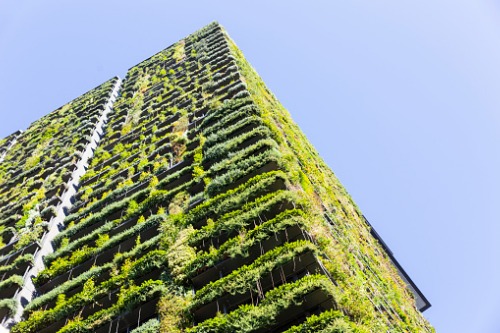

By
The global issue of climate change has pushed homebuyers to consider greenspaces as one of the factors when looking for a home. But do greenspaces have a significant impact on dwelling prices?
CoreLogic's latest study, which used Sydney as a case study, found that market players place more value on greenspace where it is less accessible.
"Our case study revealed a positive correlation between housing values and greenspace, however the correlation across the broad Sydney region was not strong, implying a lot of other factors are involved in determining the value of a residential property," said Tim Lawless, research director at CoreLogic.
The low correlation between greenspace and housing prices in Sydney could be due to the city's larger volume of greenspaces compared to other overseas markets. In fact, Sydney has 46% public greenspace, higher than Amsterdam's 13% and London's 33%.
Lawless said the relationship between greenspace and dwelling values become clearer in inner-city precincts, which possess a lower share of greenspaces due to smaller lot sizes for detached homes and the predominance of multi-unit dwellings.
"In these higher density precincts, efficient access to public greenspace becomes all the more important, with a statistically significant positive relationship between unit prices and proximity to green areas such as parks and reserves," he said.
"In areas where greenspace was scarce, such as the Eastern Suburbs and Inner City, private greenspace has a far stronger relationship with price. This finding is unsurprising given the high price of land and inherent scarcity of private greenspace areas in these precincts."
However, Lawless believes that as cities grow and densify, the e relationship between greenspace and housing values will become clearer and more widespread.
This makes it crucial for planning regimes to ensure existing greenspaces are preserved and newly developed areas include appropriate allowances for greenspace.
"For higher density areas, the inclusion of public greenspace areas in the planning and design is also important, with projects that offer green amenity likely to stimulate greater demand and price premiums over those that have less of a connection with green areas," Lawless said.
